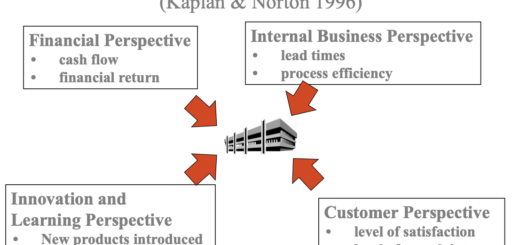Dangers in Goal Setting
Goals should strike a balance between being specific and challenging enough to motivate and focus people’s attention, while also allowing for flexibility and considering other important issues related to the goal. Here are some potential dangers of poorly designed goals:
- Too narrow: Goals that are too narrow can lead to tunnel vision, causing employees to overlook important issues related to the goal. This can lead to unintended negative consequences, such as the Ford Pinto case.
- Too many goals: Having too many goals can lead to a lack of focus and can cause employees to prioritize one goal over others, often the easiest to achieve or measure.
- Excessive or challenging goals: Goals that are excessively challenging or promote risk-taking can encourage unethical behavior or harm performance. For example, during the banking crisis, some banks may have set overly ambitious goals that led to excessive risk-taking.
- Promoting competition over collaboration: Goals that promote competition between colleagues can create a negative work environment and discourage teamwork and collaboration.
- Failure to meet goals: When employees fail to meet their goals, it can lead to dissatisfaction and lower morale, which can negatively impact performance.
To avoid these dangers, it’s important to design goals that are specific, challenging, and meaningful, while also allowing for flexibility and considering the broader context. It’s also essential to communicate goals clearly, provide support and resources, and regularly evaluate progress and adjust goals as needed.


